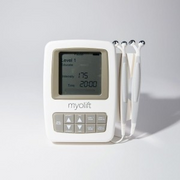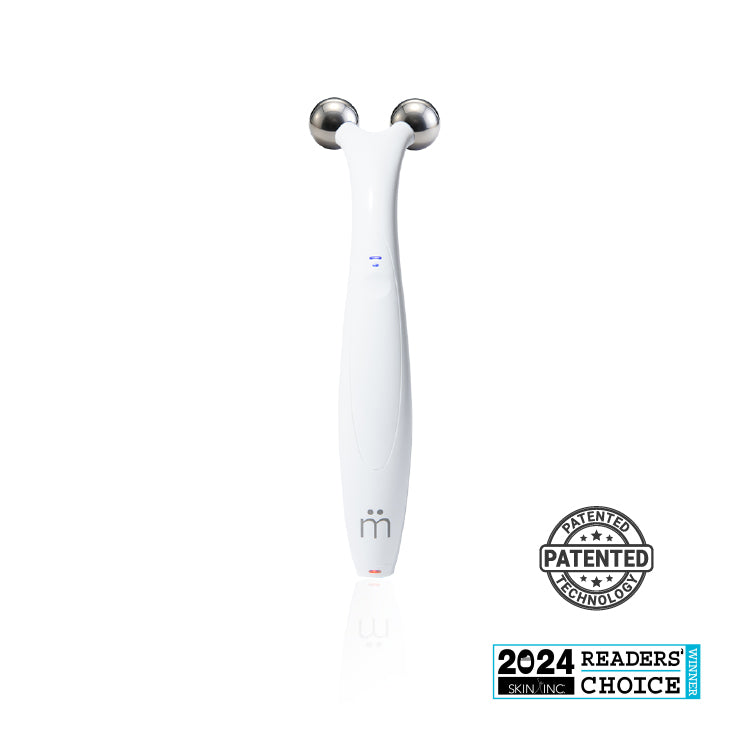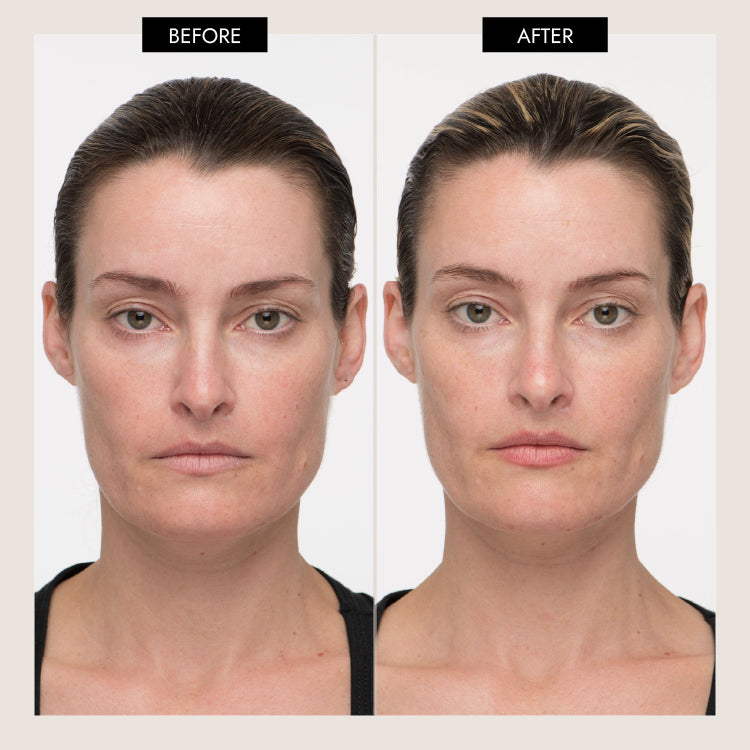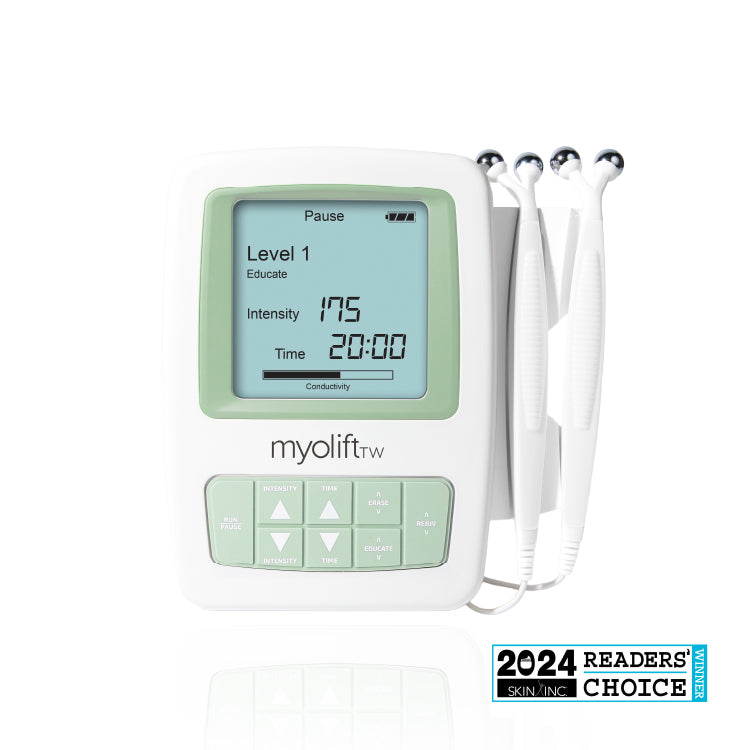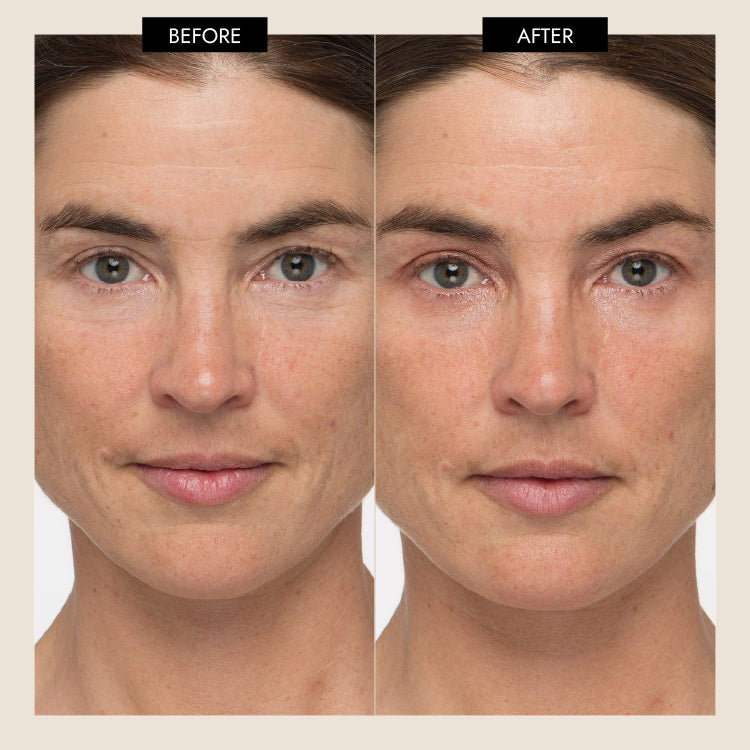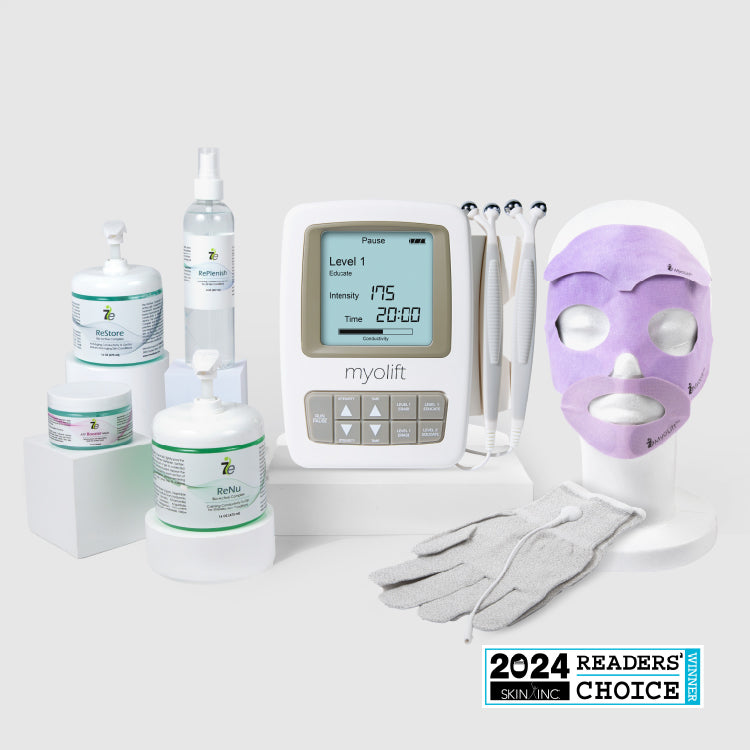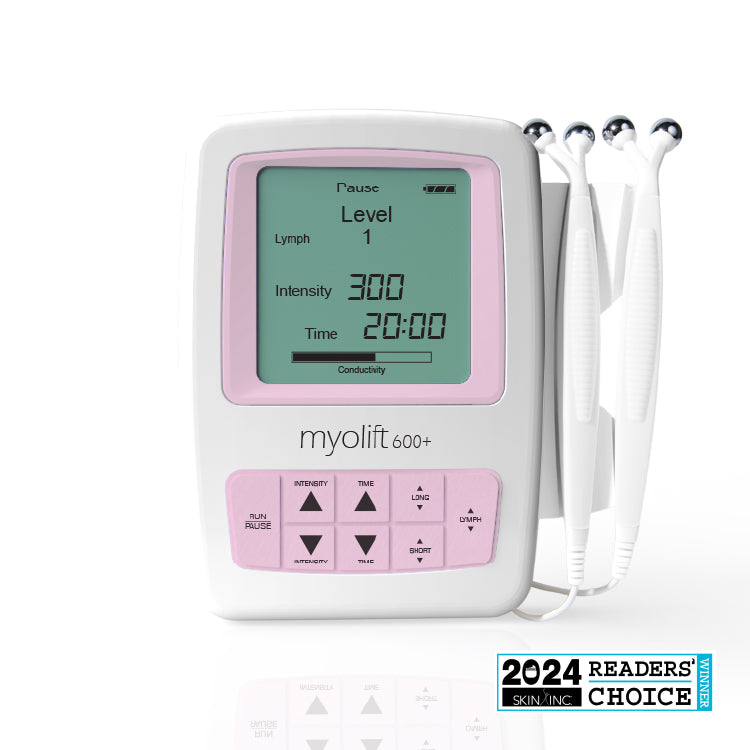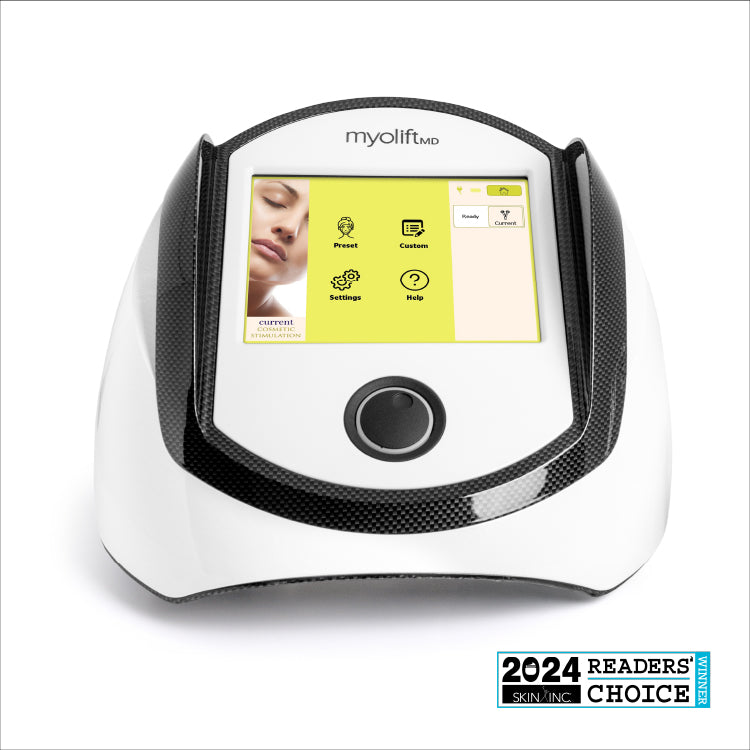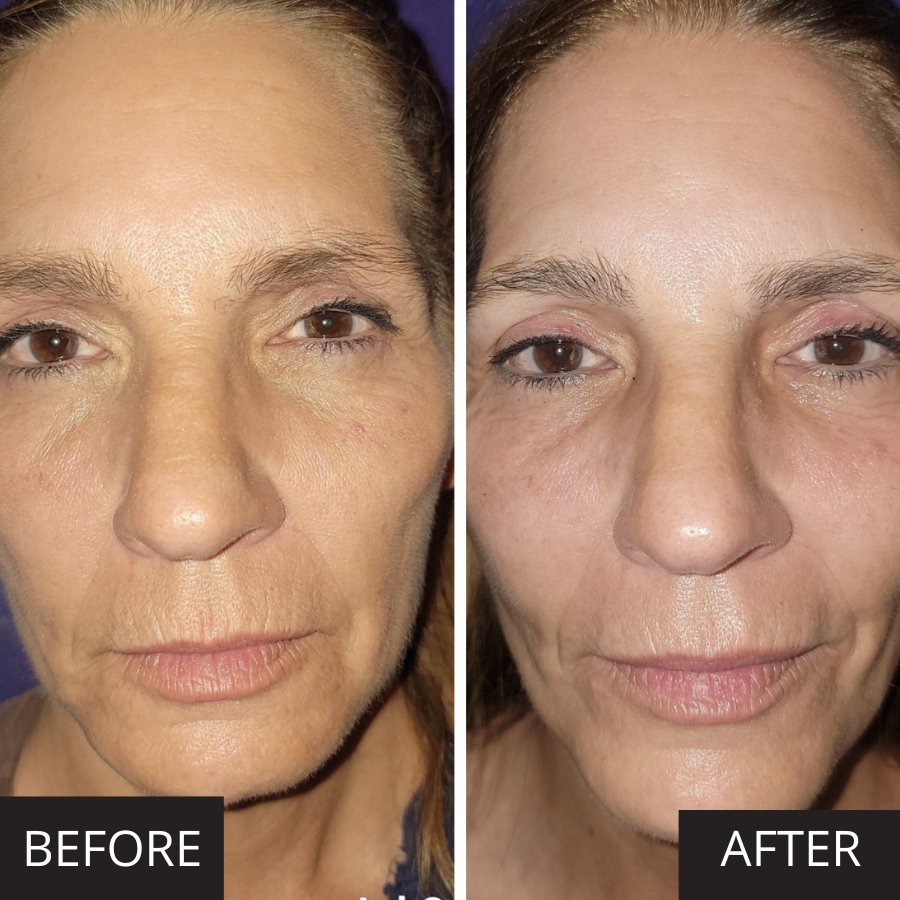Botox and Microcurrent Treatments Coexisting
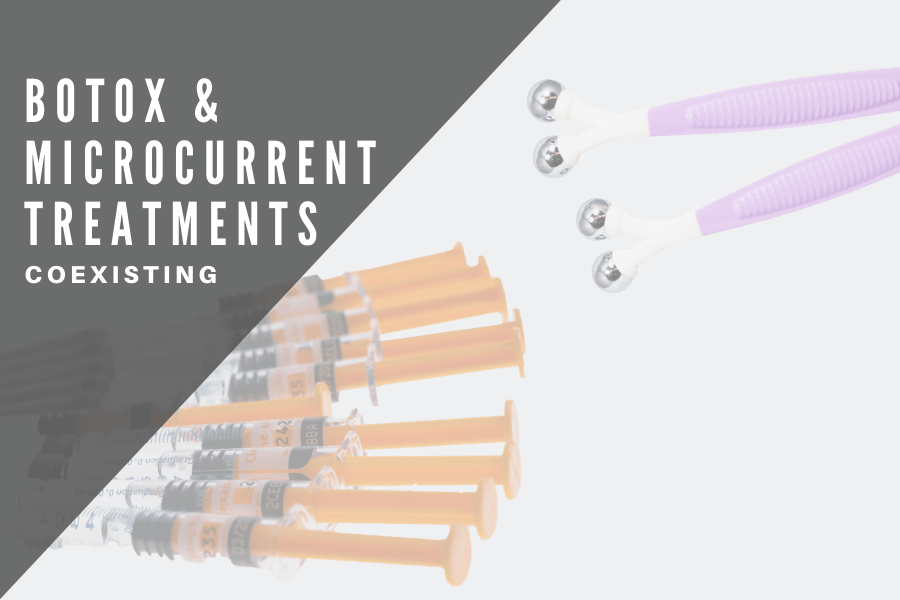
In the modern aesthetics industry, one thing we are most grateful for is the ability to combine treatments and modalities to capitalize on anti-aging skincare benefits. When Microcurrent first resurfaced in aesthetics in the 2000s and grew in popularity, there were a lot of conversations about how it compared to Botox. The biggest concern was if we would have to choose one over the other in our anti-aging skincare regimen. Fortunately, we know now that it is more than possible and safe for Botox and Microcurrent to coexist.
Here are the main points to remember for maintaining a healthy relationship between Botox and Microcurrent treatments.
• It is important to note that Microcurrent is a fantastic modality to use before you get your next Botox injection. When we add ATP to the muscles via the delivery of Microcurrent to the skin and muscles, it helps bring some life back to the muscle that has been frozen. This can actually help the botox to last longer!
• Microcurrent stimulates the muscles and activates them while Botox freezes the muscles. If you have just had Botox done in a certain area, you may need to avoid using microcurrent in that area, as it will start to undo the effect of Botox.
• However, if you are in the phase where the effect of Botox is running out, then microcurrent might be a better technology to use in that area to avoid usage of Botox altogether. It will take some time but your muscles will reactivate and help build tone and firmness, instead of getting more laxed due to Botox. Microcurrent is one of the most effective face machines that helps in muscle re-education and skin firming.“After the initial 48 hours time, it’s absolutely fine to do LED or microcurrent facial after botox,” says Leading Physician Dr. Rowe.
• There is no effect of microcurrent on Juvederm and it’s safe to use it. However, you should still consult your doctor.
In addition, if you are wondering, can you use Solawave after Botox? The short answer is yes! Solawave, a popular skincare tool, can be used after Botox, but it's essential to wait at least 48 hours after the injection. Its gentle light therapy and microcurrent are designed to be non-invasive and safe for post-Botox use, promoting healing and enhancing skin texture without interfering with Botox's effects.
There are countless modalities and treatments to help with aging gracefully, and having the opportunity to use them in a complementary manner is one of the best gifts of modern-day aesthetics. While microcurrent is widely regarded as a safe and effective technology for facial treatments, some users occasionally ask, "Can microcurrent affect thyroid?" The answer is that microcurrent devices are generally not applied directly over the thyroid gland, located at the base of the neck, to avoid any unintended stimulation. As with any advanced skincare modality, it's always best to consult with your doctor or skincare professional if you have thyroid concerns or any underlying health conditions.
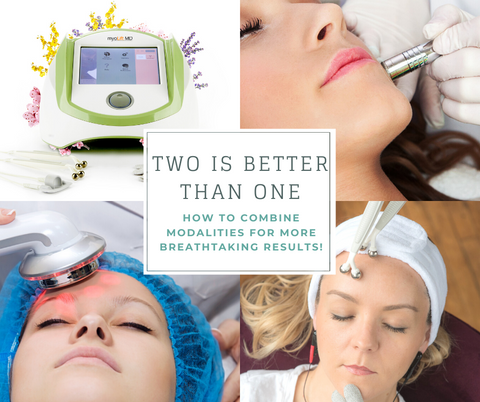
For FREE printable protocols on using Microcurrent with other modalities, fill out this form!

